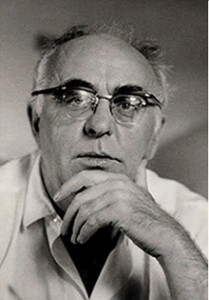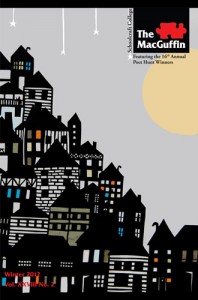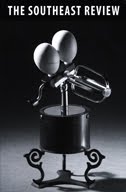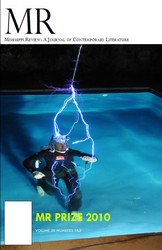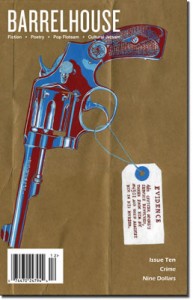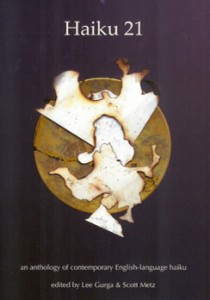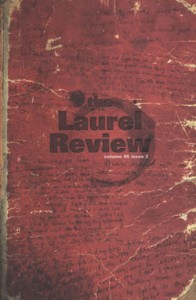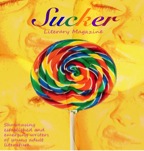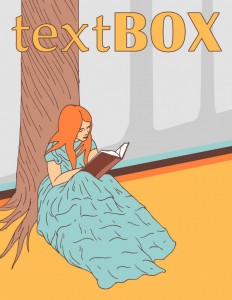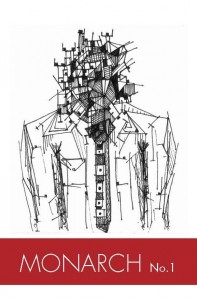 Hailing from the west coast, The Monarch Review is available online (publish 3 times a week, or so) and in print (publish every six months, available to purchase online and in Seattle bookstores).
Hailing from the west coast, The Monarch Review is available online (publish 3 times a week, or so) and in print (publish every six months, available to purchase online and in Seattle bookstores).
The editorial staff includes an eclectic mix of background and expertise with Jacob Uitti (Managing Editor, Poetry and Fiction Editor), Caleb Thompson (Nonfiction, Music and Poetry Editor), Andrew Bartels (Visual Art and Poetry Editor), Nick Koveshnikov (Technical Editor), and Evan Flory-Barnes (Music Editor).
Jacob Uitti provided some background information on the publication: “The Monarch Review was started in the spirit of the Monarch Apartments in Seattle, home to a myriad of writers, musicians, visual artists, thinkers, pranksters, cranks and the curious. We wanted to create a community, a forum, for upcoming and established writers and to continue the vagabond culture of the Monarch Apartments.”
Both online and in print, readers can find “work that displays the inherent human conflict. Poetry and faith and doubt. Fiction that knows death but is not dead. Essays that illuminate the difficulty and yet the humor of life. Art and music a person can both lose and find oneself in.”
The first print issue features works by Rebecca Hoogs, Rebecca Bridge, Jason Whitmarsh, Jim Brantingham, Amy Gerstler, Jed Myers, Ed Ochester, Abigail Warren, Desmond Kon Zhicheng-Mingde (poetry); Chris Engman, Jesse Sugarmann (visual art); Jim Brantingham, Zac Hill, Valery Petrovsky, Caleb Powell (prose); and Julie Larios (interview).
Uitti says hopes the publication continues to put out high quality work, to maintain a community under the umbrella of the publication, and to reach more people in the coming months and years.
The editors encourage submissions of all work: “If it’s good, it’s good,” Uitti says. The Monarch Review accepts submissions year-round via Submishmash. Currently, there are no thematic issues planned.

